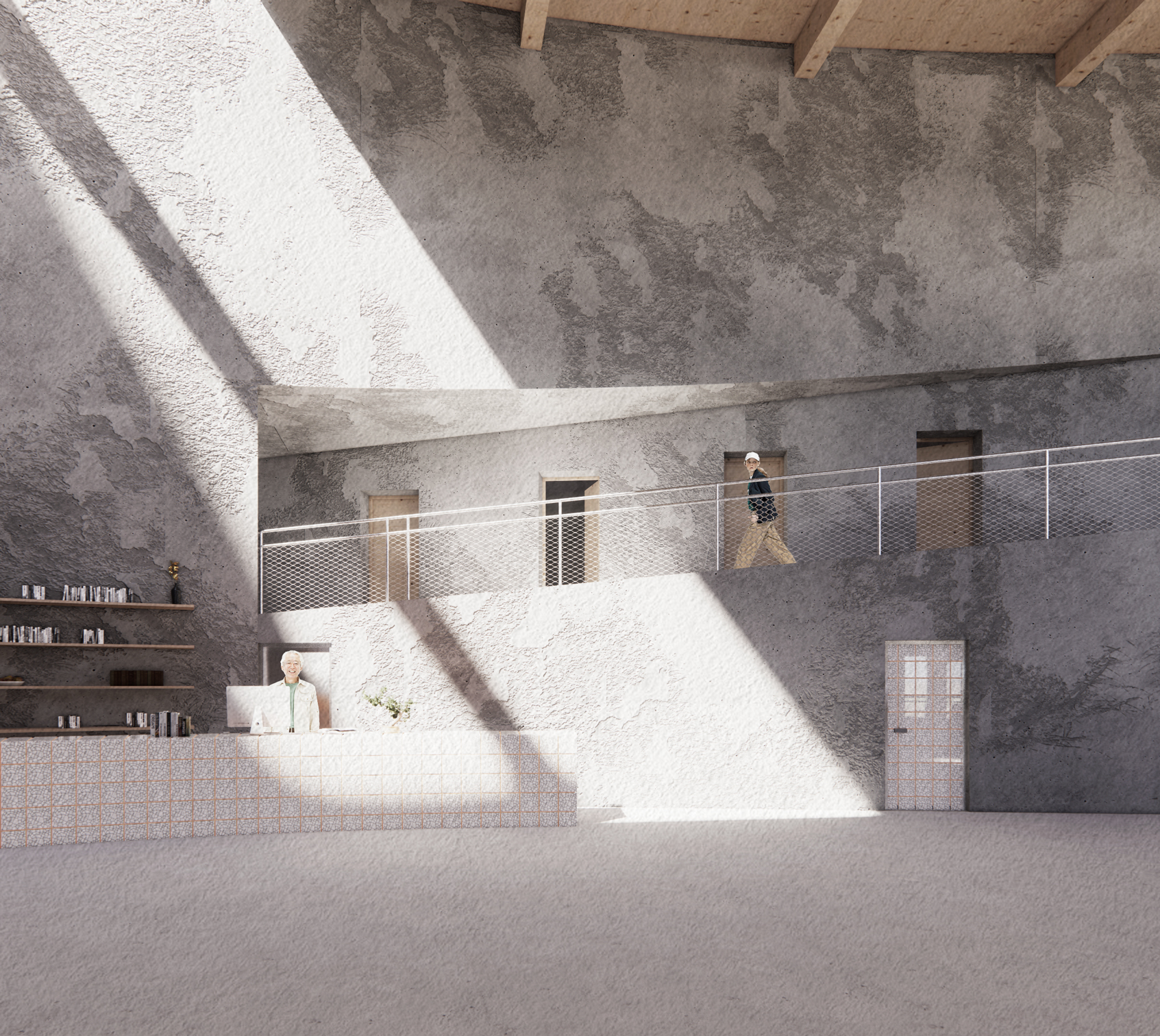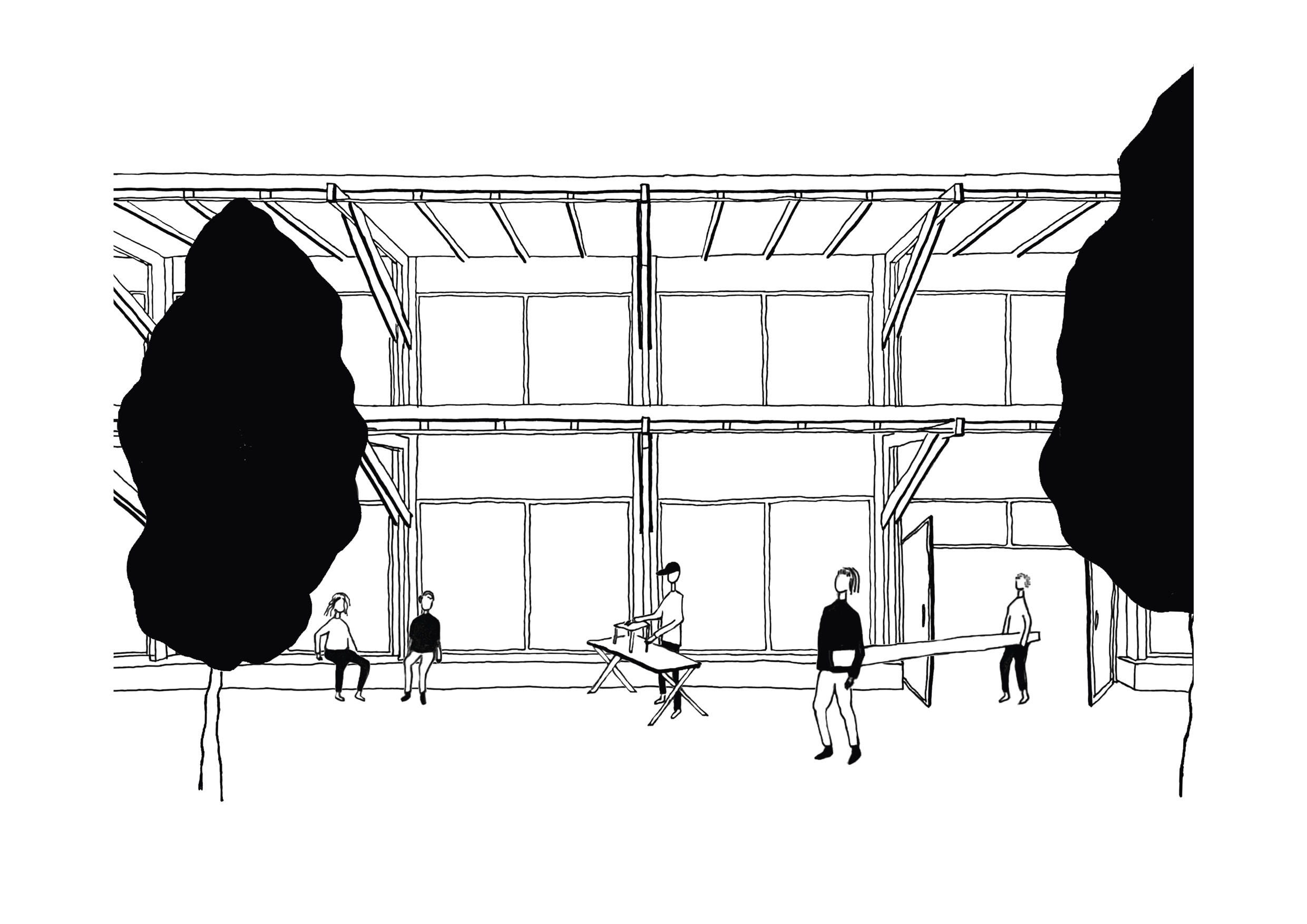The architectural typology
Though opera is not a widely popular art form and though the construction of an opera house has few economic incentives the typology is far from dying. The opera house has somehow found its raison d’etre in other ways, mostly through its role as a symbol for a city or the state. To understand the role that the opera house plays in a city this thesis explores the typology and how architecture in the shape of opera houses becomes an expression of power and ideology. This exploration has its base in the debate about building a new opera in Stockholm and aims to better the understanding of what this house could be and bring to the city.

In my typological research I focused especially on opera houses and similar buildings constructed with democratic ideas in mind and with the ambition to lower thresholds to make the opera house a more public affair. The connection to the city and its people became central in the understanding of the opera as an open public space and is the focus point of the thesis design part. Avoiding the contemporary trend of creating formalistic buildings meant to be viewed through digital imagery how could the opera house be used to better a place in the city in need of improvement while also making the art form the house encapsules more accessible? Identifying important aspects of earlier attempts with similar ambitions I explore what a new opera in Stockholm could look like through a suggested design for an opera house in Fatbursparken.
A new opera house in Fatbursparken



By placing the new opera house in Fatbursparken in central Stockholm I explore the potential of an opera house that priorotizes its connection to the city. Inside the city the dramatic spaces of the opera can gain a more intimate and everyday relationship to the inhabitants of Stockholm and open up the artform to bigger audiences.

Fatbursparken in Södermalm is one of the few spaces inside the city where a a new Opera house could be built. The large park is today mostly a big lawn that is, relative to its size and central location, quite unused by the people of Stockholm.

The city street – Treating the street outside of the opera as a natural continuation of the surrounding urban fabric.
Inbetween spaces – Spaces with low thresholds connecting the inner workings of the opera with the city.
The bar as a layer
The bar is as the other “in between” spaces a place between the opera house and the city that makes it possible to encounter the building in new ways. As a differently programmed space with a strong spatial connection to the opera the bar lets visitors get in close contact with the opera for other reasons than to watch a performance. Through simple means these in between spaces create a relationship between the house and Stockholm’s inhabitants that get to make use of the house without having a previous relation to the artform of opera. These interactions hope to ignite an interest for what goes on deeper inside the buildings many layers.
Opera in the park
Outside in one of the now more small-scale spaces in the park there is an outdoor stage. This is a space to host public events and to let the opera physically move out into the city. Audiences are seated either on movable chairs, on the grass in a sweeping landscape or on tensioned nets. These nets are removable to make space for more chairs when needed and when not used as seating they function as a playground. When the space is not used for performances, it transforms into a park environment suited for play and relaxation. The space is a playful take on the antique amphitheatre with a more flexible program to be used by the Royal Opera as well as the inhabitants of Stockholm.












